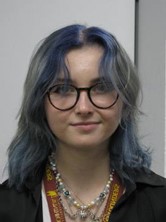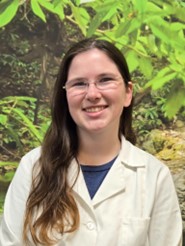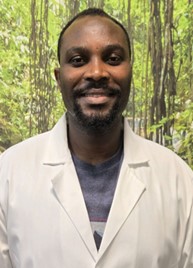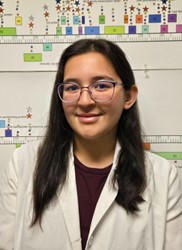Below is a summary of the abstract you submitted. Presenting author(s) is shown in bold.
If any changes need to be made, you can modify the abstract or change the authors.
You can also download a .docx version of this abstract.
If there are any problems, please email Dan at dar78@pitt.edu and he'll take care of them!
This abstract was last modified on March 30, 2025 at 3:15 p.m..
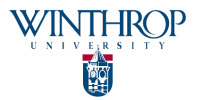
Discovered in 2021 by SEA-PHAGES students at Winthrop University, Yorick is a Cluster F1 temperate phage. Its genome consists of 99 genes, 57 of which have no known function. Through the SEA-GENES program, current Winthrop students are utilizing molecular cloning and phenotypic assays to study the function of each Yorick gene individually. In the initial phase of this project, Yorick genes are amplified via PCR, and amplicons are size-verified and purified. Subsequently, the amplified genes are inserted into the pExTra cloning vector using isothermal assembly and then transformed into competent Escherichia coli cells. Transformed plasmids are verified through colony PCR and agarose gel electrophoresis. Following verification, plasmids are purified and individually transformed into Mycobacterium smegmatis, the Yorick bacterial host, for cytotoxicity analysis. In this assay, the phage gene is overexpressed and the growth and survival of M. smegmatis observed. A phenotypic response to the Yorick gene expression suggests an interaction between the Yorick gene product and the host proteome. The ongoing investigation of Yorick may provide valuable insights into phage biology and further elucidate their interactions with bacterial hosts.





